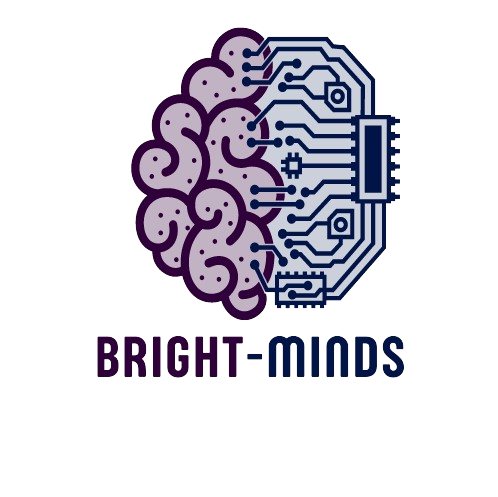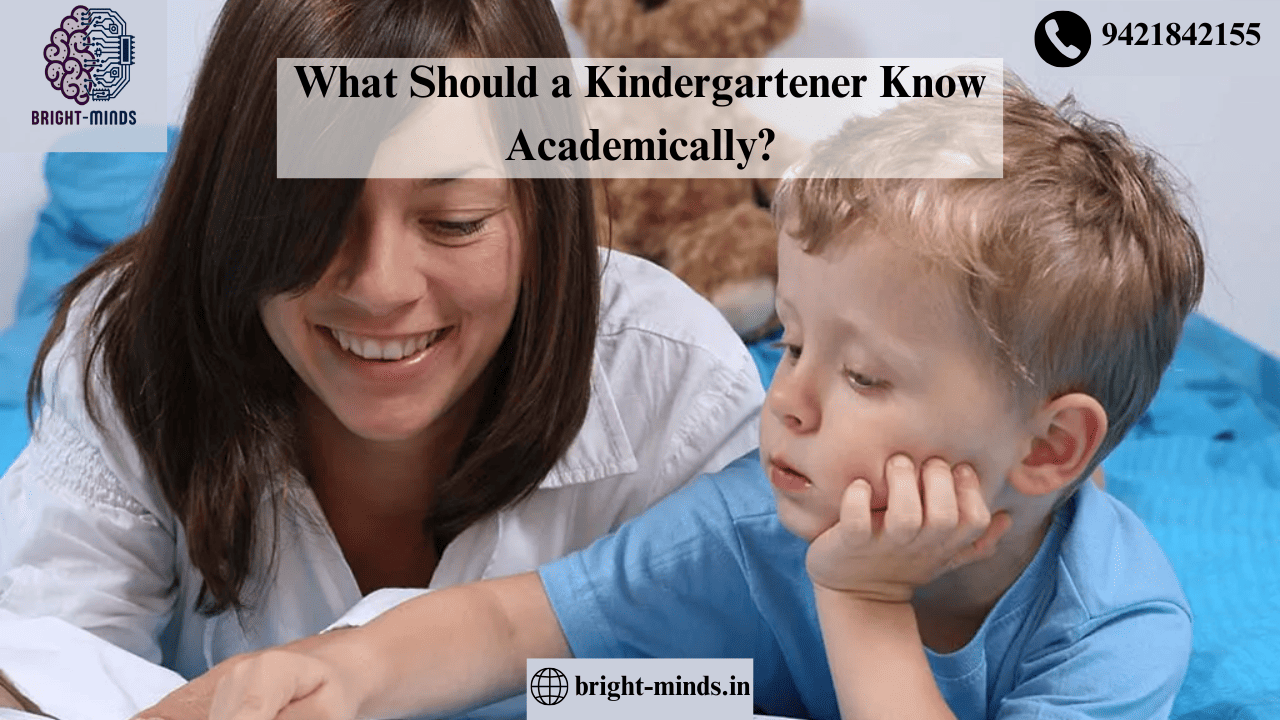Kindergarten is a pivotal year in a child’s educational journey. It marks the transition from early childhood to formal schooling, and during this time, children develop foundational skills that set the stage for future learning. As they embark on this adventure, parents, caregivers, and educators often wonder, “What should a kindergartener know academically?” While each child progresses at their own pace, there are some general academic milestones and skills that children are typically expected to master by the end of kindergarten. In this blog, we will explore these key academic areas, offering a clear understanding of what kindergartners should know and how parents can support their learning.
The Importance of Kindergarten
Before diving into the specific academic skills, it’s important to note why kindergarten is so crucial. Kindergarten is not only about preparing children for first grade but also about fostering a love of learning, building social and emotional skills, and helping children develop critical thinking abilities. It is a year that lays the foundation for reading, writing, math, and social skills that children will continue to build upon throughout their education.
1. Language and Literacy Skills
In kindergarten, literacy is a primary focus. At this stage, children begin to develop reading and writing skills that are essential for academic success. Some of the key literacy skills kindergartners are expected to acquire include:
a. Letter Recognition and Sounds
By the end of kindergarten, children should be able to recognize both uppercase and lowercase letters of the alphabet and know their corresponding sounds. This forms the basis for learning to read and write.
- What to Know: Recognizing and naming the letters of the alphabet, both in and out of order. Understanding that each letter has a unique sound, such as “B” for /b/ and “C” for /k/.
- How to Help: Practice letter recognition through games, puzzles, and songs. For example, use flashcards to help them match letters with pictures that start with the corresponding sound, like “A” for apple.
b. Phonemic Awareness
Phonemic awareness refers to the ability to hear, identify, and manipulate individual sounds (phonemes) in spoken words. This is a crucial skill for developing reading and writing abilities.
- What to Know: Recognizing rhyming words, segmenting words into individual sounds, and blending sounds to form words. For example, knowing that the word “cat” consists of the sounds /k/, /a/, and /t/.
- How to Help: Read aloud to your child and encourage them to repeat rhyming words. You can also practice clapping out the syllables in words and playing sound-based games.
c. Basic Sight Words
Sight words, also known as “high-frequency words,” are words that children should recognize by sight, without needing to sound them out. These words don’t always follow phonetic rules and appear frequently in texts.
- What to Know: Children should recognize and be able to read common sight words such as “the,” “and,” “it,” “is,” and “you.”
- How to Help: Create flashcards of sight words and practice them regularly. Incorporate these words into simple sentences or stories to help your child recognize them in context.
d. Writing Skills

d. Writing Skills
Kindergarten is also a time for children to begin developing writing skills. By the end of the year, they should be able to write some letters and simple words and may even begin composing simple sentences.
- What to Know: Writing their name, spelling simple words phonetically, and using basic punctuation (like periods and capital letters at the start of a sentence).
- How to Help: Encourage your child to practice writing by keeping a journal, writing thank-you notes, or drawing pictures and labeling them with words.
2. Mathematical Understanding
In kindergarten, children are introduced to early math concepts that will form the foundation for more complex mathematical learning in the future. Key math skills include:
a. Number Recognition and Counting
Kindergartners should be able to recognize numbers, count objects accurately, and understand the concept of number order.
- What to Know: Recognizing numbers from 0 to 20, counting objects one by one (one-to-one correspondence), and understanding that the number that follows another number is one greater.
- How to Help: Count items around the house, such as toys, books, or fruit. Practice writing numbers and saying them out loud in order.
b. Basic Addition and Subtraction
Although kindergarteners may not be expected to perform complex addition or subtraction, they should be introduced to these concepts through hands-on activities.
- What to Know: Basic addition and subtraction within 10. For example, knowing that 3 + 2 equals 5 or that 6 – 4 equals 2.
- How to Help: Use physical objects like blocks, buttons, or coins to visually demonstrate simple addition and subtraction. For example, “I have 4 apples. If I give you 2, how many apples are left?”
c. Patterns and Shapes
Recognizing patterns and understanding basic shapes are important early math skills. This helps children make connections between visual patterns and the world around them.
- What to Know: Identifying and creating patterns (like red, blue, red, blue) and recognizing basic shapes (circle, square, triangle, rectangle).
- How to Help: Engage your child in pattern-making activities using toys, stickers, or drawing. Practice identifying shapes in the environment, such as finding circles in the clock or squares in a window.
d. Measurement and Comparison
Kindergarten is a great time to introduce simple measurement concepts, such as comparing sizes, lengths, and weights.
- What to Know: Comparing objects to determine which is bigger, smaller, longer, or shorter. Using everyday language to describe measurements.
- How to Help: Practice comparing items around the house, such as toys or foods. For example, ask, “Which is taller, this book or this pencil?” or “Which is heavier, this apple or this banana?”
3. Social and Emotional Development
Although not strictly academic, social and emotional development is a key part of kindergarten. Children begin to learn how to interact with others, manage their emotions, and solve problems independently.
a. Understanding Emotions
By the end of kindergarten, children should have a basic understanding of their own emotions and be able to identify and label feelings such as happy, sad, angry, or scared.
- What to Know: Recognizing emotions in themselves and others, and expressing emotions appropriately.
- How to Help: Encourage conversations about feelings. When your child is upset, ask them to describe how they feel and why. You can also read books about emotions to help your child identify different feelings.
b. Cooperation and Sharing
Kindergarteners are learning how to work and play with others. This includes learning how to share, take turns, and resolve conflicts with peers.
- What to Know: Sharing toys, taking turns, and playing cooperatively with others. Understanding the basic rules of group activities.
- How to Help: Organize playdates with other children and model how to share, take turns, and cooperate. Praise your child when they practice good social skills.
4. Physical Development and Motor Skills
Kindergarten is also a time for children to develop their gross and fine motor skills. These skills are essential for everyday tasks, such as writing, tying shoes, and running.
a. Fine Motor Skills
Fine motor skills involve the small muscles in the hands and fingers, which are important for tasks like drawing, writing, and cutting.
- What to Know: Holding a pencil properly, cutting with scissors, and forming letters and numbers clearly.
- How to Help: Provide activities that strengthen fine motor skills, such as coloring, cutting with child-safe scissors, or building with blocks.
b. Gross Motor Skills
Gross motor skills involve the larger muscles in the body, which are necessary for activities like running, jumping, and balancing.
- What to Know: Running, jumping, hopping on one foot, and catching or throwing a ball.
- How to Help: Encourage outdoor play and activities like running races, jumping games, or playing ball games. These activities help develop coordination and strength.
Conclusion
Kindergarten is a year of tremendous growth and learning. While it’s important for children to develop academic skills in areas such as literacy, math, and motor development, it’s equally important to nurture their social, emotional, and creative abilities. By the end of kindergarten, children should have a solid foundation in reading, writing, and basic math, as well as the ability to interact with others and explore the world around them. As parents and caregivers, it’s important to support children’s learning through encouragement, patience, and plenty of opportunities for exploration. With these skills in place, children are well-equipped to tackle the challenges of first grade and beyond.
Also Read:
https://bright-minds.in/unlocking-word-meaning-for-class-ukg-english-to-hindi/

